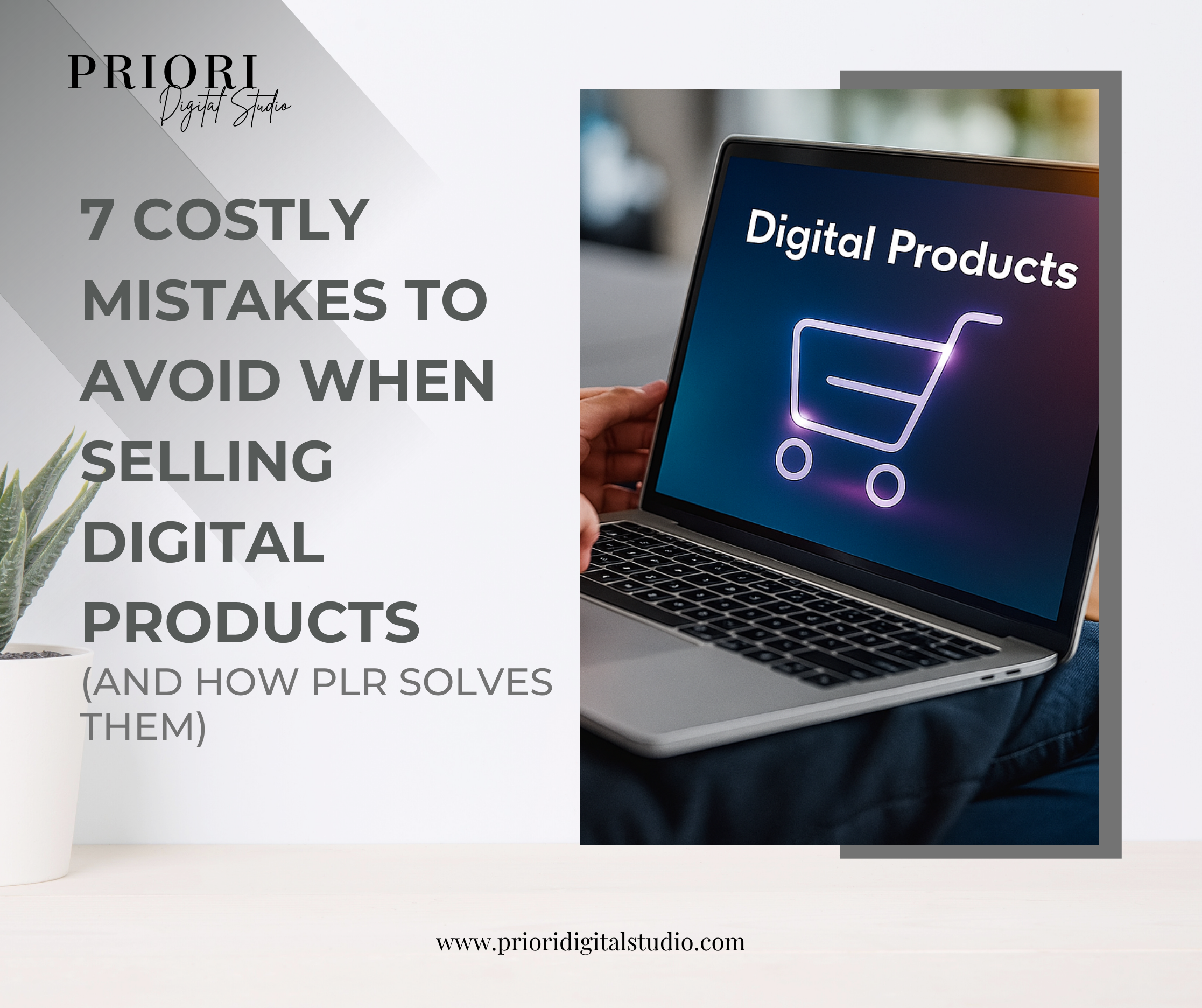Watched other digital product entrepreneurs succeed while your own efforts have stalled? You’re not alone. Many talented people quit before they even make their first sale, not due to a lack of effort, but because of a few common, costly pitfalls.
The good news? Every one of these mistakes is preventable. We're here to help you spot them before they cost you more time and money. This guide will walk you through the seven biggest errors and provide actionable solutions to overcome them. It doesn't have to be hard or scary, let's get your business on the right track.
Mistake #1: Selling to a Saturated, Unprofitable Niche
The Problem: Trying to sell generic "inspirational quotes" or "basic planners" in an overcrowded market is an uphill battle. You end up competing on price, making it nearly impossible to stand out or turn a meaningful profit.
The Solution: Find a hungry audience in a niche with proven demand. Your goal isn't to sell to everyone, but to become the go-to expert for a specific group of people. Evergreen niches like personal finance, home organization, and self-improvement are always in demand because they solve persistent problems.
How to Find Your Niche:
-
Follow the Pain Points: Look for online communities (like Reddit or Facebook groups) where people are actively asking for solutions. What are they struggling with?
-
Analyze Competitor Gaps: Look at best-selling products and read the reviews. What are customers asking for that the product doesn't deliver? That’s your opportunity.
-
Go Specific: Instead of "budgeting," think "zero-based budgeting for freelancers" or "financial planning for new parents." A specific niche means less competition and a more targeted marketing message.
Mistake #2: Underestimating the Time and Cost of Product Creation
The Problem: This is the dream killer. You have a great idea, but the reality of creating it from scratch hits hard. A single, high-quality eBook can demand over 100 hours of work for research, writing, design, and formatting. Hiring a professional designer and writer can easily cost $2,000 - $5,000+, vaporizing your low-overhead advantage before you even launch.
The PLR Solution: This is where a strategic shift can save your business. Private Label Rights (PLR) act as your professional first draft. Instead of spending 3 months creating one product, you could launch an entire storefront in a week with a well-sourced PLR collection. You're not cutting corners; you're smartly reallocating your most valuable resources, time and capital, toward branding and marketing, which are where real businesses are built.
Mistake #3: Poor Quality Design That Kills Credibility
The Problem: In a digital marketplace, customers judge your product's value by its cover. Pixelated images, outdated fonts, and a cluttered layout scream "amateur." This destroys trust before a customer even reads your first word. A Stanford University study found that 75% of users make credibility judgments based on a website's overall design, and the same principle applies to your digital products.
The PLR Solution: High-quality PLR provides a foundation of professional design. You start with a product that already has a modern, clean, and visually appealing layout. This gives you instant credibility and allows you to compete with established sellers from day one. You can then use simple tools like Canva to tweak the colors and fonts to match your brand, ensuring it looks professional and unique to you.
Mistake #4: Creating a Product Nobody Wants to Buy
The Problem: This is the heartbreak of spending months creating something you love, only to be met with crickets at launch. This usually happens when you create based on your own assumptions rather than concrete market data. You built something you thought people wanted, not what they were actively searching for and willing to pay for.
The PLR Solution: One way to de-risk this completely is to choose PLR content that is based on proven, best-selling product concepts, ensuring there's already a market for what you're selling. Reputable PLR creators analyze market trends to provide products in high-demand categories. When you start with a PLR template for a "Debt Payoff Tracker" that you know has thousands of sales on Etsy, you're not guessing. You're using a validated blueprint, which dramatically increases your odds of commercial success.
Mistake #5: Ignoring the Power of Branding and Customization
The Problem: Simply slapping your name on a PLR product and reselling it is a race to the bottom. You'll be competing with dozens of other sellers doing the same thing, and you'll have no way to build a loyal customer base. You become a commodity, not a brand.
The Solution: The magic happens in the customization. This is how you transform a generic template into a unique product that carries your voice and authority.
-
Add Your Voice: Rewrite introductions, add personal anecdotes, and include your own expert tips. For example, you could add a section on applying the 50/30/20 rule to a basic budget planner.
-
Rebrand Visually: Change the color scheme, fonts, and graphics to align with your brand's identity.
-
Combine and Improve: Merge content from different PLR products to create a more comprehensive "ultimate guide" that offers unique value. Combine a sinking funds worksheet with a monthly budget for a more powerful product.
Mistake #6: Terrible Product Listings (Titles, Descriptions, Images)
The Problem: A brilliant product with a weak listing is like a masterpiece painting hidden in a dark closet. Vague titles, keyword-stuffed descriptions, and poor-quality images are a surefire way to get lost in the search results. Etsy's own data suggests that listings with strong SEO and multiple high-quality images have a significantly higher conversion rate.
The Solution: Your listing is your salesperson. Make it work hard for you.
-
Titles: Use clear, keyword-rich titles. Example: "Undated Digital Financial Planner | Paycheck Budget Tracker PDF | Savings Goal Worksheet | Hyperlinked."
-
Descriptions: Write compelling copy that focuses on benefits, not just features. Use bullet points for readability. How will this product solve the customer's problem?
-
Images: Create professional mockups. Show your product in use, on a tablet, in a binder, on a desk. Use every available image slot to tell a visual story and build desire.
Mistake #7: Giving Up After the First Launch Doesn't Go Viral
The Problem: Expecting overnight success leads to immediate disappointment. When your first product only gets a handful of sales in the first month, it's easy to feel like a failure and quit. But digital business is a marathon, not a sprint.
The Solution: Adopt a mindset of testing and iteration. Your first launch is not the finish line; it's the starting point for collecting invaluable data.
-
Analyze: Look at your Etsy stats. Where is your traffic coming from?
-
Tweak: Try a new primary image. Adjust your tags. Test a different price point.
-
Iterate: Use the feedback and data from your first product to make your next product even better. Success is built on a portfolio of products and continuous, small improvements.
Conclusion: Work Smarter, Not Just Harder
Success in the digital product space isn't about who works the longest hours. It's about who works the smartest. By avoiding these seven common mistakes, you position yourself miles ahead of the competition.
Using PLR isn't a "cheat." It's a strategic business decision. It's the choice to de-risk your venture, save thousands of hours and dollars, and build upon a foundation of proven, professional work. It allows you to focus your energy where it truly matters: building your brand and connecting with your customers.
Don't let these mistakes hold you back. Start with a foundation of success. Explore our library of proven, professionally designed PLR digital products and launch your business with confidence.



Share:
Beyond Etsy: 5 Creative Ways to Monetize PLR Digital Products